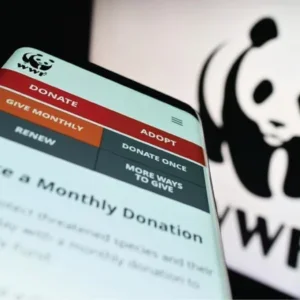Through the establishment of model demonstration chrome recovery and tannery effluent treatment plants in Birgunj, where 10 out of 16 tannery units are located, environmental degradation caused by the tanning industry has been minimised without undue economic burden. The establishment of these plants is unique, as the country had no legislation dealing with environmental protection.
Aware of the consequences that industrial waste may cause in the future, the government of Nepal requested Unido’s expertise in applying economically viable measures to minimise the negative effects on the environment caused by the tanning industry.
Nepal – a landlocked kingdom sharing borders with China and India – is one of the poorest countries in the world, with nearly half of its population living below the poverty line. Ninety per cent of its working population is employed in agriculture and forestry since the limited manufacturing sector includes only few light industries such as leather production. Most of the tanneries are specialised in processing goatskins and there are some buffalo and cow hides. The leather produced goes mainly for export in the form of wet-blue.
In 1993, the Austrian government allocated US$617,000 to finance the Unido project. Despite delays in implementation, the project was completed within the original budget.
In 1997, the Nepalese Leather Industry and Trade Association (NLITA), government authorities and Unido decided to establish more than just the one planned effluent treatment plant (ETP) at the largest tannery in Birgunj. A common effluent treatment plant (CETP) for all other tanneries was located at the premises of the Everest Leather Industries.
All the parties agreed to proceed with the procurement of machinery and equipment as well as upgrading a small laboratory in Birgunj, necessary to control basic parameters for daily operation of the plants. A chrome recovery unit was a common facility, capable of treating all chrome liquor from Birgunj tanneries, thus helping the tanners to deal effectively with a major pollutant.
Unido experts trained staff in operating the chrome recovery system as well as effluent treatment plants. The laboratory in Birgunj was upgraded and its technicians trained in monitoring the quality of influent and effluent from the treatment plants. A study tour for eleven representatives of industry and government, as well as training courses for the chrome recovery unit operators, provided them with the knowledge and skills required in carrying out their responsibilities.
During implementation of the project, Unido received consistent support from the government and tanning industry, who offered various contributions for the facilities being established. However, the continued efficient operation and maintenance of these facilities will depend, to a great extent, on adoption and, subsequently, effective enforcement of environmental regulations by government agencies, together with the government’s continuous help in facilitating vertical integration in order to produce more value added leather products.






